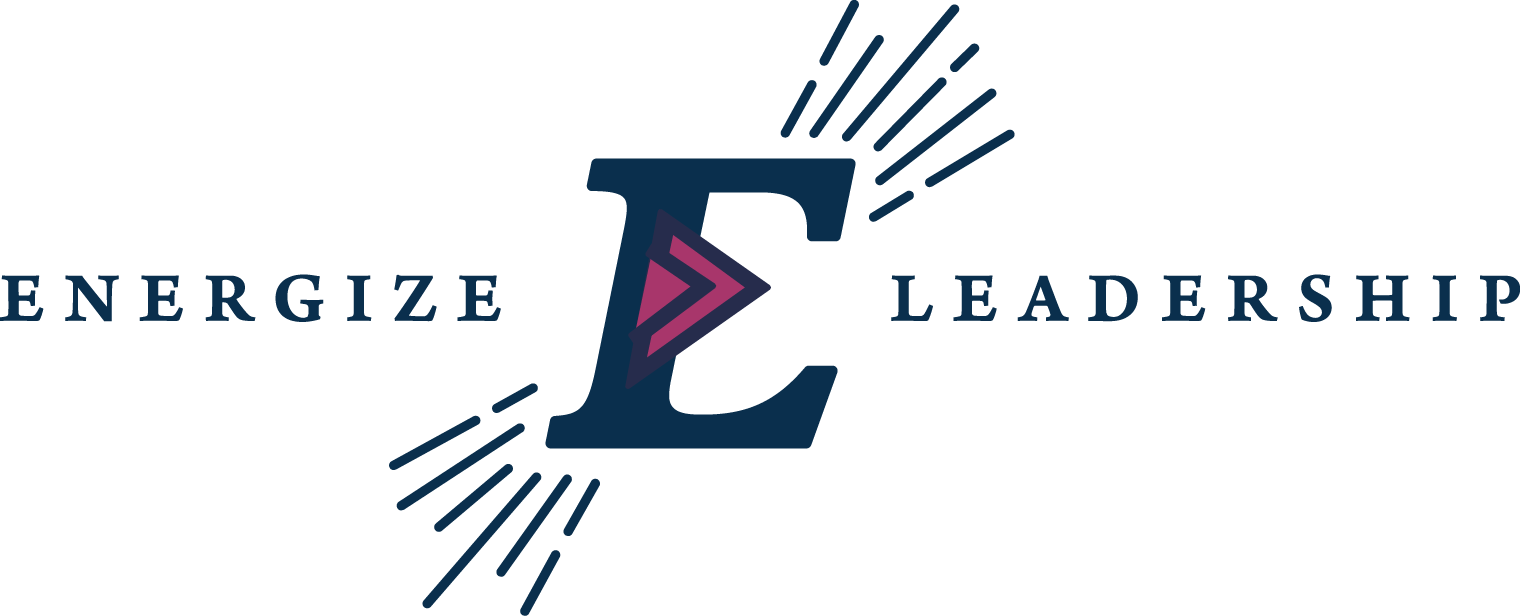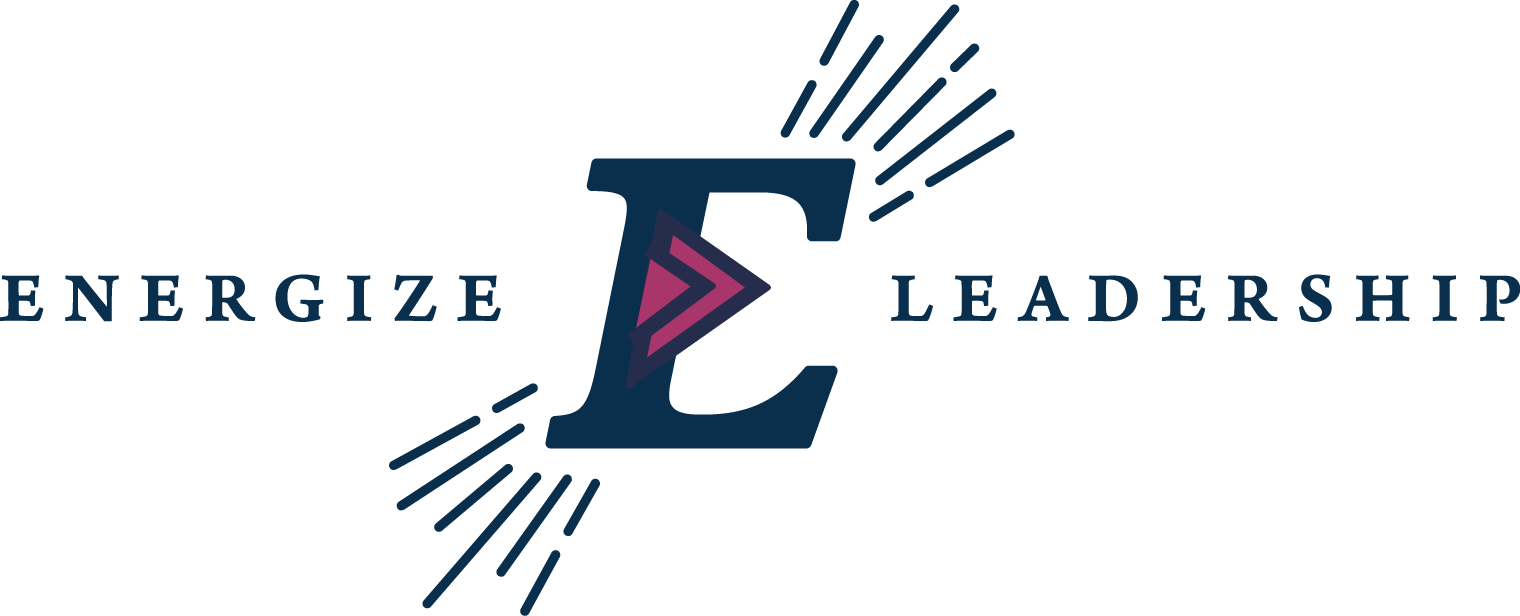7 Ways to Guarantee a High Performing Team
Power. Authority. Status. Prestige.
What are the words that conjure in your mind when you think about leadership? When you decided you wanted to be a “leader,” what was it you were going after? Leadership isn’t about the position. Leadership is not a noun. Leadership is about the person and how others are influenced by them. Leadership is an action.
Leaders inspire. Leaders connect. Leaders engage. Leaders perform.
Ronald Reagan once said:
The greatest leader is not necessarily the one who does the greatest things. He is the one that gets the people to do the greatest things.
Ahh…there it is. Leaders achieve action through influence. We’ve talked about the importance of connection and engagement in leadership before, however, there is one important element that we have yet to discuss:
Performance.
So… how does a leader ensure that their influence results in positive impact?
#1: Always Start with the Outcome You Intend to Have!
No surprise here, but clarity is key for success. As the legends say, failing to plan is planning to fail.
Get super clear on the actual goal. What will be different because of your efforts? Why is it important? This is where using the “Five Why’s” can be super helpful. Every time you answer the question “what are you trying to achieve,” follow it up with “why” at least five times. This will help get crystal clear on what it is you intend to see as an outcome. Too often we solve problems in 5 minutes, or in one quick meeting. Too often our solutions do not solve the problem! Sometimes we actually make the problem worse!! Take the time to define the end result so the hard work and effort pay off with real results and positive impact!
By the way, the natural consequence of focusing on an intended outcome is the alignment of the “vision” and strategy to the goal. You want a group of people to willfully accomplish a goal? Point them to the outcome. Works like a charm!
#2: Measure Performance
Speaking of achieving success… how will you measure the expected outcomes? Consider asking yourself the following questions:
When are we succeeding? When are we failing?
Have meaningful and daily performance conversations with your team to ensure you are on the right track. As HP Motto once said:
You can’t improve what you don’t measure and generally, whatever you measure… improves.
Measure key elements so you know you are on track and performance conversations can be meaningful and frequent. Enough of the annual performance conversation. Enough said!
#3 Be Organized
Leaders often underestimate the power of being organized. So much can fall apart if organization and follow-through are not top priorities.
- Other leaders, clients, and customers find it difficult to have a high level of respect and trust for someone who is not organized. How do they know if you will follow-through for them? Or if you are capable of doing what they need?
- People find it hard to follow and execute for someone who is not clear, responsive or organized in how they communicate and work.
Getting a grip on prioritization, delegation, working to your strengths, working through others, leveraging planning tools, and having great support are key areas to master before you, or others, can excel.
Bottom line: it’s time to show up, follow up, and stop wasting time by not spending time getting organized!
#4 Master the Competencies for Getting the Work Done
It’s time to stand strong! You want to be known for your strengths, not your weaknesses. So make sure you are great (or good enough) at the critical competencies required for your role. Then focus on mastering your strengths. Your strengths are your natural talents and abilities. The things you do well without even knowing how easy and great you are at doing them. Others rely on you for these things. You make a significant difference by bringing your strengths to the table as often as you can.
That said, your role as a leader is to make sure the job is getting done successfully. A broad oversight of all the necessary skills, abilities, knowledge, and experience is the only way to ensure success. Know your strengths. Know your limits. Ensure all the bases are covered by leveraging the strengths of others. Now that’s a winning strategy!
#5 Be Innovative and Solution-Oriented
Being innovative is much like being an investigator or a detective: It’s. All. About. Asking. A. Bunch. Of. Questions.
Stay in tune to what is new, what others are doing, what is possible and what isn’t. Really ask yourself who knows the job well, what the customers are saying, and what the competitors are doing. Only by asking questions will you be exposed to the key ideas and connections that make innovation magic happen. Questions also have an inherently engaging quality. They get others pulled in to the conversation as well as the problem-solving. So guess what? You don’t even have to have all the right answers. You can draw them out of your employees, your customers, you friends, maybe even your Labrador Retriever!
Another major mechanism for continuous improvement and thriving in today’s economy is to always be in a mind frame for finding solutions. So often we get stuck in the rut of doing things the same way they have always worked. Or moving on to the next thing thinking we nailed down the last thing and we no longer need to think about it. We also become rule-followers who sometimes focus a bit too much on saying “yes” or “no” according to “the rules.” Sometimes, we need to listen to the needs of others and be open to a better solution. Try something new, it may actually show you a whole new set of options that are better than you ever imagined!
#6 Use Winning Processes, Efficiency, Etc.
It is oh-so-easy to be lazy about thinking about the way we do our work. Okay, maybe it is not lazy. We are so busy moving forward that it is really hard to pause and reflect on how we are doing things. Being efficient requires an annual commitment to reflect and reframe. Are our systems, processes, and procedures serving us well? Are they getting in our way? Hire a facilitator, bring in some stakeholders from different parts of your work, and map out entire processes from soup to nuts. It is a great way to energize the team, identify blockages from success, and move forward in the most efficient way. Don’t get bogged down by broken systems, forge a new path forward!
#7 Tell Stories
Storytelling is one of the best ways to connect with others. It builds a sense of trust and comfort, allowing you to connect authentically.
Remember how we talked about “Outcomes” above in #1? Well, we want to showcase the important outcomes we have achieved. These are our natural stories. The more we share the work we’ve done, the accomplishments we have attained, we achieve a natural byproduct of engagement and enthusiasm. Often we easily gain funding or budget based on the stories of our outcomes. We also win more clients by sharing with them what our success has looked like for others. It’s not bragging – it’s showcasing success. And it is critical for a continued upward trajectory.
Stories are also critical to employees. They pridefully see themselves success stories. They also need to be included in the “full story” of the work. It is critical to circle back and close loops with them about what happened with their ideas and contributions, conversations in the board meetings, and in recognizing their hard work and what it accomplished down the line. Be in front of employees as much as possible and keep them “in the loop.”
Keep these seven steps in mind to guarantee a high performing team!




